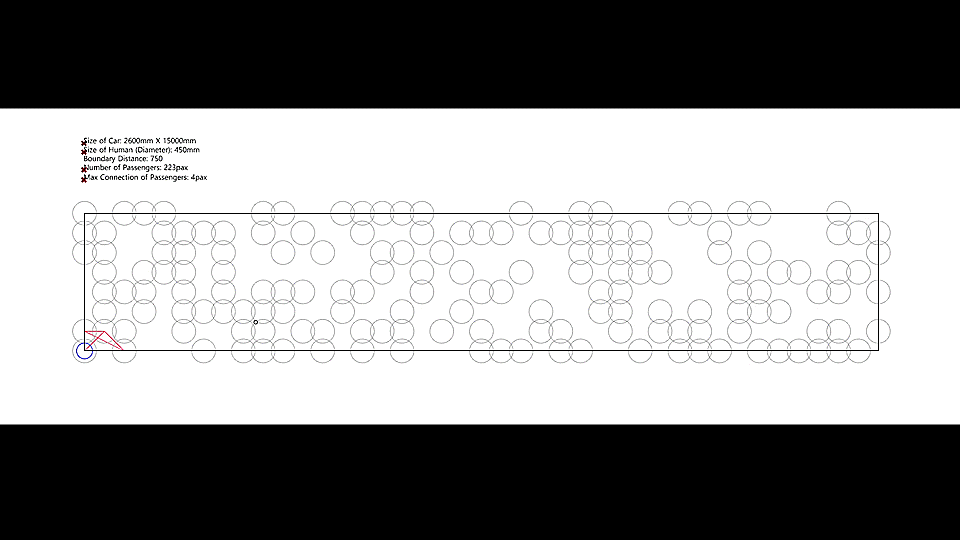
Interactive Surface
COVID-19 Metro Space Alert
Course: VIS 2314 Responsive Environments
Instructor: Allen Sayegh
Collaborator: Taeyong Kim, Zinan Chi
Date: Sep.-Dec., 2020
By putting the human experience at the center and forefront, from the immediate body scale to the larger environment, encompassing buildings and the urban spaces, the course examines new and emerging models and technologies for the design of innovative architectural human interfaces and technologically augmented physical environments.
Interactive Surface is to rethink people’s reaction if they can visualize the danger/fearness in a public space. And the project explores the methods to visualize the interaction between people and surfaces in metro cars overtime.
KEYWORDS:
Human Experience, Augmented Environment, Interactive Surface, Visualization
OBJECTIVES
Fundamental questions including:
What are the benefits of creating technologically enhanced environments?
What are the psychological, social and environmental implications of creating such hybrids? And what are the criteria to measure successful responsive environments?
Themes include:
– embedded intelligence (integration of technologies at all scales),
– augmented spatiality (fostering hybrid realms),
– adaptive change (dynamic response to contextual constraints),
– hacked perception (shifting our understanding of space through technology),
– tailored dynamics (empowering people through technology and design).
Surfaces in Metro Cars under COVID-19
Why do surfaces in metro cars under COVID matter?
a. Coronavirus can survive for several days on a surface, while the amount of detection decreases with time.
b. Plastic and stainless steel, the main materials for seats and handles in metro cars, support the longest time
coronavirus survived on surfaces.
c. Current disinfectant actions for New York metro (MTA) target surfaces in metro cars. (Remove trash, clean
spills and biohazards, spot-clean seats, floors, and other surfaces, and disinfect common touchpoints.)
What can surfaces in metro cars under COVID tell?
a. Travel with public transportation creates a different spatial experience under COVID 19 situation. The fear of
infection increases because of its enclosed space, limited fresh air, and large population mobility.
b. Interactive surfaces record people’s action over time.
c. With quantified data visualized on the surface, the fear is visible and tangible and reduce the anxiety from
uncertainty
Thermal Detection in Metro Cars
Station: Headquater
Time: 8:00 am
Station: Education
Time: 6:00 pm
Station: Transfer
Time: 12:00 pm
Station: Residence
Time: 9:00 pm
Data Collected by Gaode Infrared Camera, and Processed with YOLO-3 Machine Learning
Metro Space Occupation
Data Setup
Group Domain

Individual Domain

Seats Detection Setup
Hardware & Software

Distance sensor embedded in the seat, connected to Arduino WIFI

Target Surface: Handle test
Scenario Test
Surface Color Change

Green: Unsafe White: Safe
Green: Unsafe White: Safe
Interactive Surface Prototype Design

A. Seat

B. Pole

C. Floor

